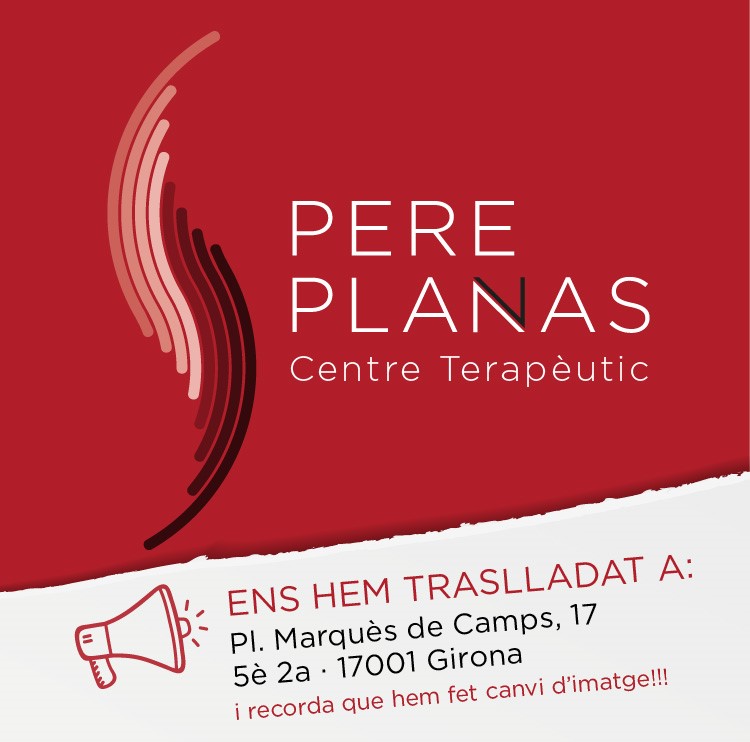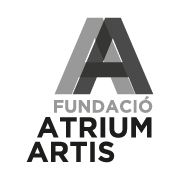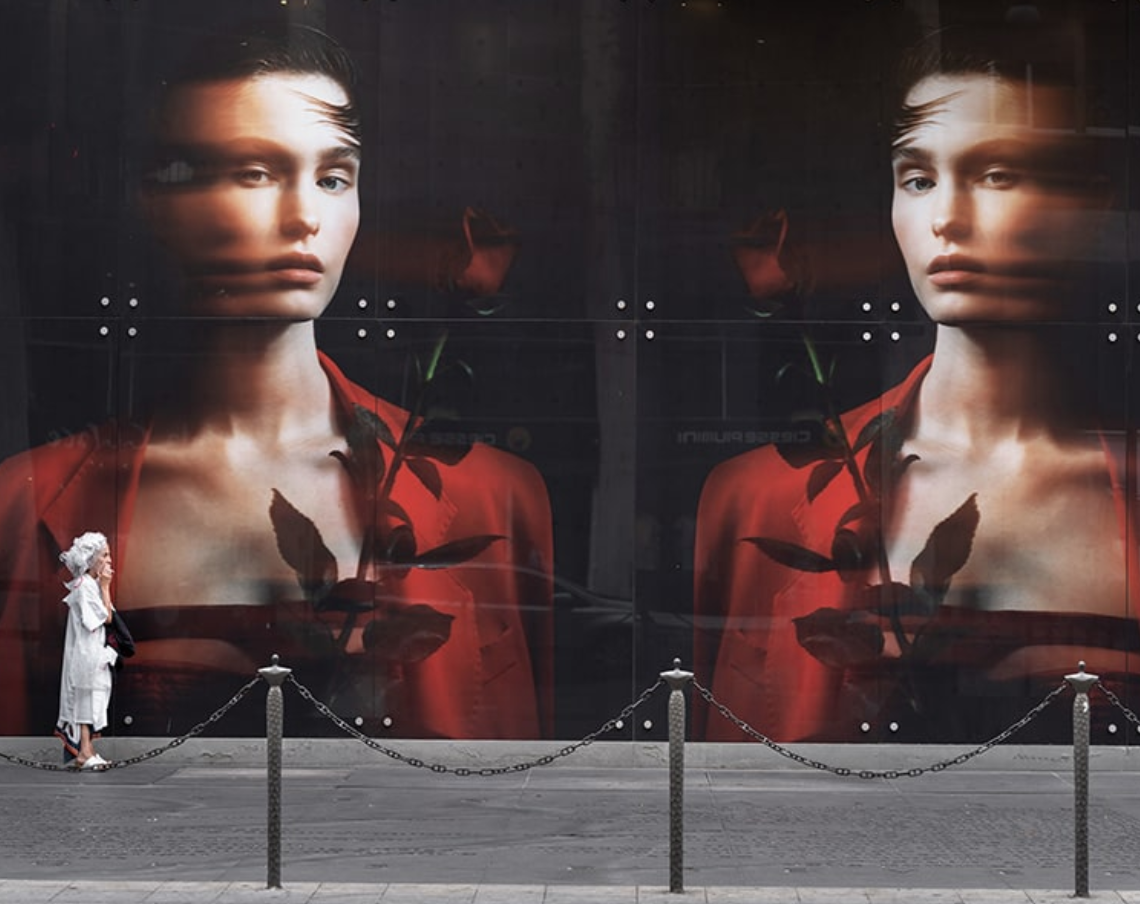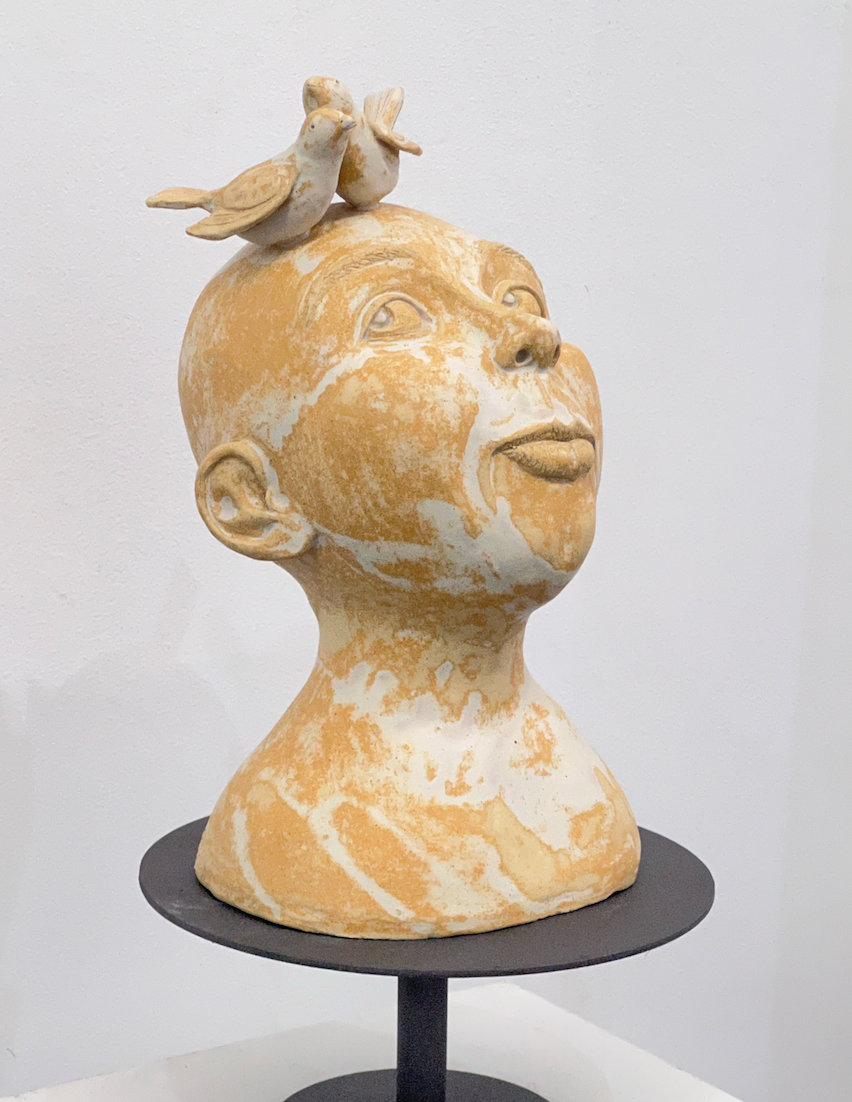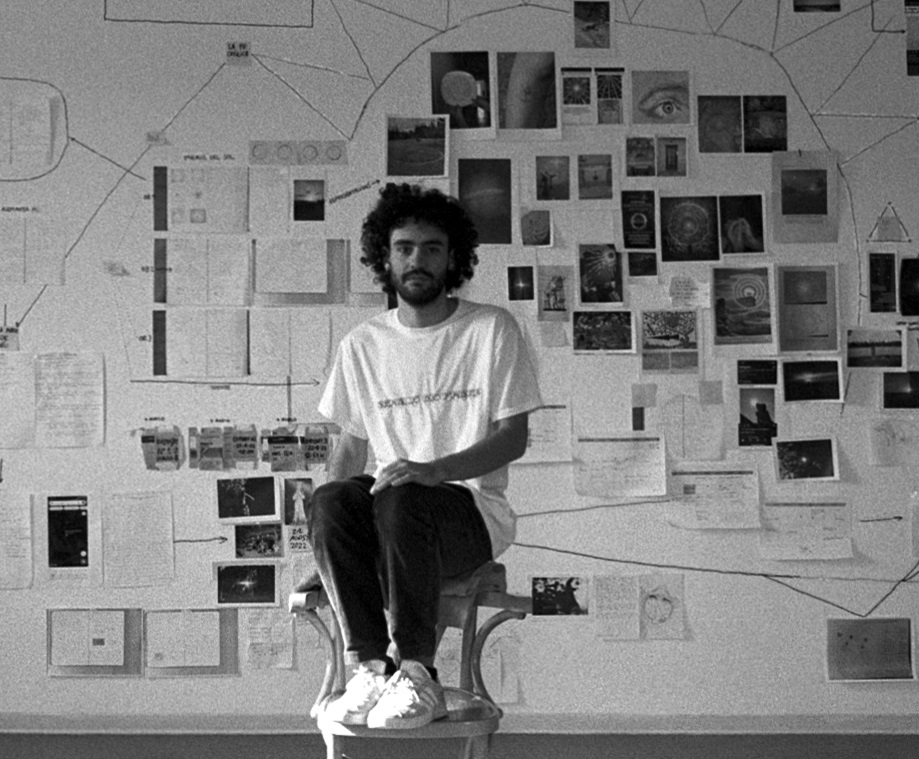Exhibitions
Hélène Delprat and "The souvenir of lost battles" at the Picasso Museum Barcelona
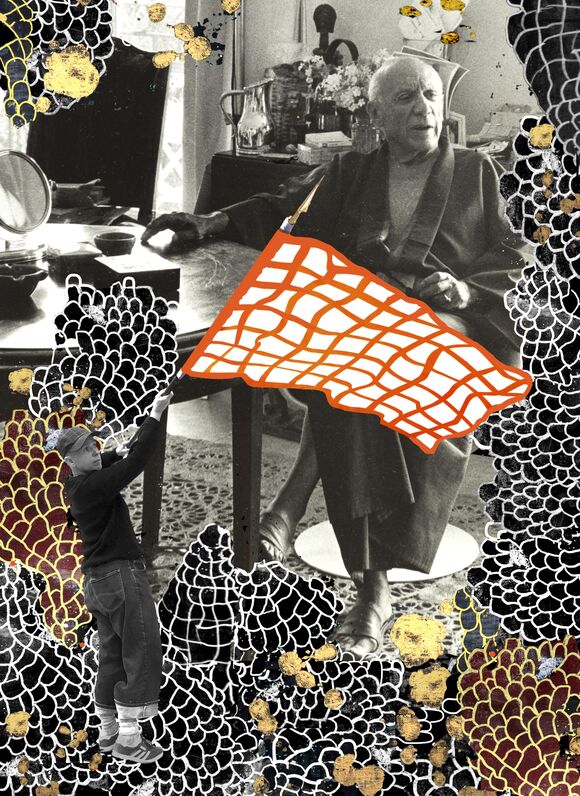
The Museu Picasso Barcelona is presenting for the first time an exhibition by the contemporary artist Hélène Delprat, under the title of El souvenir de les batalles perdudes. The exhibition, which officially opens to the public on Friday 9 June, can be visited free of charge until 24 September 2023 in the exhibition rooms on the ground floor. The Museum thus continues its desire to offer an exhibition proposal that swings between the work and legacy of Pablo Picasso and anthological exhibitions of contemporary artists such as Carmen Calvo and Hélène Delprat. Today the Museum held the presentation press conference with the artist, Hélène Delprat, and the director of the Picasso Museum, Emmanuel Guigon.
Multidisciplinary and unclassifiable artist, he has just received the prize from the Simone and Cino Del Luca Foundation at the proposal of the French Academy of Fine Arts for his artistic career. Hélène Delprat is very aware of issues of identity and memory in her works, which take the form of painting, sculpture, installation and photography. In them he creates a whole personal and at the same time combative imagination that unfolds not only through his paintings and his objects, but above all with the titles of each piece, which are the central axis of the work: "My titles they never describe what is seen, but rather arise from the unconscious." His care while choosing the words lies in the need to place the viewer in a context giving him knowledge, which culminates in the artistic and plastic register. His proposal, therefore, is mainly textual and precedes Delprat's plastic decisions: "I am a curator of the museum of titles", he announced today during the press conference.
The souvenir of the lost battles is the title of one of his works, it is that of the exhibition that hosts the Picasso Museum and also encapsulates a fundamental part of his philosophy, which is the constant struggle, day by day, of the human being to remain dignified, free and faithful to his will: "Exhibiting at the Picasso Museum has been a certain battle not to succumb to the work of Picasso, the greatest artist of the 20th century." Picasso is for Hélène a stimulating engine of struggle and is also her artistic enemy. At the press conference, Hélène Delprat stated that she is "an artist jealous of Picasso".
Two exhibition rooms: The war and the battle
The Hélène Delprat exhibition. The souvenir of the lost battles is distributed in the two rooms on the ground floor of the Picasso Museum and has 21 pieces, together with a mural made of scraps and drawings created in situ. It consists of large format paintings, video art and objects of different sizes and materials.
The first of the rooms (Mecca Room) that make up Hélène Delprat's exhibition revolves around her concept of war: "Born in the north of France, in Picardy, I have seen many military cemeteries. I have often traveled these large areas of white crosses, these fields of death in combat that always upset me." It is thanks to the invitation she received from the Picasso Museum that Hélène Delprat realizes that war is a recurring theme in all her artistic production. The video art Dying in Madrid is the main piece and from there, and taking the Spanish Civil War as an example, the artist develops and examines the agents, the victims and the consequences of the war conflict. One of his obvious obsessions is the vindication of war reporters as those true warriors of the truth and that is why he clings to figures such as the Catalan journalist, writer, performer and anti-fascist militant Marina Ginestà or the actress, French producer and director, Nicole Stéphane, who produced the documentary counterpart to Hélène Delprat's audiovisual piece. It is Nicole Stéphane's memory and testimony that inspires the artist to reflect on the battles. However, Hélène Delprat plays with documentary information and includes playful references such as fantastic characters taken from children's stories: The ferocious wolf (Le grand méchant Loup), flags, armor or swords: "Although in my case can't be guessed much, History is present in my work". This contrast can be seen throughout his work, where the seriousness of the events is combined with the lightness of his funny figures and smileys. It is concrete, for example, with the large-format painting entitled Et massacraré.
It is in the second room of the exhibition (Sala Mauri) where Hélène Delpratre produces purely war elements using ceramics and gold paint (swords, relics, trophies, sculptures, monuments...) and separates them of its symbolic meaning and focuses only on the object. They suddenly cease to be transcendent in this installation entitled Conversation with a table that occupies the entire center of the room. The wall paintings in this room also work in this way: based on a war event that she introduces through the title (The Battle of San Romano Camuflada or I don't like Guernica very much) and against this background she paints the sadness of the facts with touches of humor: "I don't feel a predilection for drama but I like to talk about the seriousness of things." According to Hélène Delprat, war is such a blatant event that it is the only thing that "must make us stop and get involved". This is how he brings lightness to his work as an artist and how he renounces the healing aspect of art.



